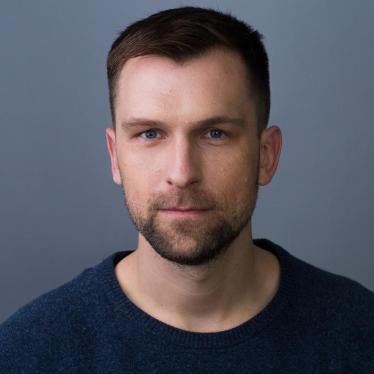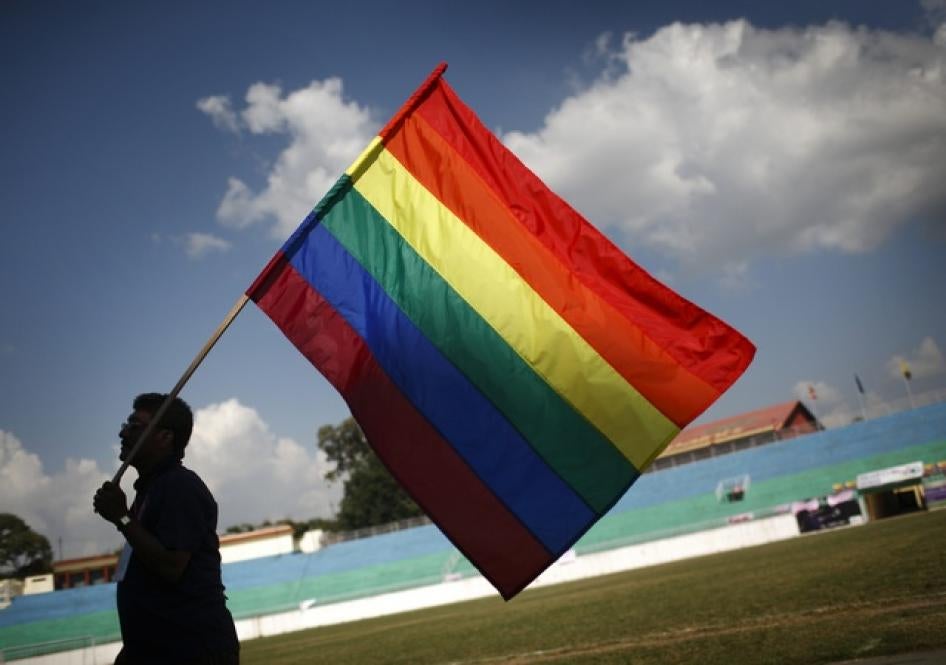World Humanitarian Summit participants are asking if the catch-all phrase “affected population” is too general and oversimplified to account for the specific vulnerabilities of a number of populations—including gender and sexual minorities.
In a state of emergency, this can determine whether or not vulnerable populations receive life-sustaining help. Lesbian, gay, bisexual, and transgender (LGBT) people’s experiences in crises are under-researched and misunderstood, which can lead to protection gaps.
Amnesty International documented how LGBT people have been targeted in security forces’ “social cleansing” drives in Colombia, and Human Rights Watch highlighted how police targeted transgender people in a similar “cleansing” drive towards the end of Nepal’s civil war. And even humanitarian systems designed to help can contribute to LGBT people’s marginalization. Oxfam research revealed that following the Indian Ocean tsunami in 2004, transgender women were denied access to temporary shelters because their appearance didn’t match the gender listed on their ID documents. An OutRight report on the 2010 Haiti earthquake recovery effort showed that even well-intentioned, gender-specific food distribution queues excluded some LGBT people from accessing aid.
An Overseas Development Institute report on sexual and gender-based violence in humanitarian emergencies explained how some emergency agencies are starting to “focus on a wider range of gendered and sexualized violence, such as sexual violence directed at men in conflict, and violence against gay, lesbian, transgendered and intersex people.” A Women’s Refugee Commission report highlighted basic service provision gaps in urban settings—including how agencies can protect LGBT people from sexual and gender based violence.
International agencies involved in emergency response have begun to narrow the protection gap. In 2015, 12 United Nations agencies, including the UN refugee agency (UNHCR) and the World Food Program, both major humanitarian players, issued a joint LGBT rights statement. It reiterated that LGBT people “often face violence and discrimination when seeking refuge from persecution and in humanitarian emergencies.” The International Organization for Migration has launched a detailed training program for all staff involved in forced displacement and humanitarian crisis settings.
The World Humanitarian Summit is an opportunity to define the future of emergency response as one that is inclusive and protective of everyone regardless of sexual orientation or gender identity.









